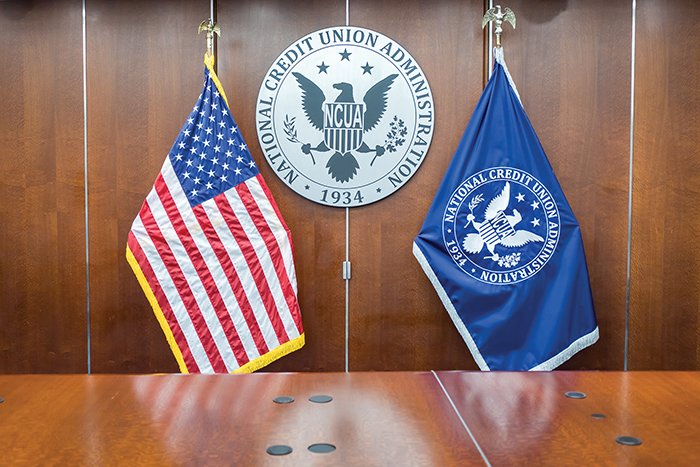Every now and then would you like to have a personal cheerleader-someone on the sidelines to offer a voice of encouragement, advice and an extra little push? There are professionals out there who can offer just that.
With budgets under tight scrutiny, marketing and training are often the first areas to get sliced, but Deedee Myers, CEO of leadership consulting firm DDJ Myers, Ltd., said she has seen a dramatic increase in requests for coaching.
"Employee engagement is huge right now," she said. "A lot of employees have resumes up and are ready to leave. This doesn't always necessarily mean giving raises, but it often means having the right conversation."
Recommended For You
Training generally takes place in a group, classroom-type setting and is more of a how-to process, while coaching is usually one-on-one and tailored toward the individual's needs.
Myers said coaching typically comes into play when there is a breakdown in communication or an employee is at risk. She or one of her staff can come in and be a sounding board for a CEO and give impartial advice. While coaching is most commonly used at the executive level, Myers said she has coached employees from the board all the way down to branch supervisors.
When a client comes to DDJ, Myers' first step is to make sure the company is the right fit for the client. Then the coach will have a face-to-face or telephone meeting to discuss the client's situation, goals and objective. The coach will then enter into a contract with the client to schedule meetings that will start out frequently and gradually fall off to once a month or every few months.
Myers said she often starts by asking the client at the end of the day, "Is this a day well lived?" If the client answers yes, Myers asks why, and if the client says no, she asks why not and what was missing.
Holly Herman, founder of Total Coaching and Consulting and Credit Union Retired Executives, said coaching "is a way to really pinpoint a change in your own behavior" and "work through a lot of issues quickly."
Some credit unions, she added, have internal training departments to handle it.
Laura Campbell, executive vice president at Farmers Insurance Group Federal Credit Union, signed up for executive coaching with Herman about five years ago. Campbell said she sought out the extra training on her own as a way to refocus.
"Once you're in a job for a while you get caught up in a lot of things that aren't as important," she said. "It helps to have someone on the outside that can help you realign your priorities. You can share things with them that you couldn't share with someone inside the company."
After going through the coaching program Campbell said she was better organized and could prioritize her work more effectively.
While coaching typically takes place with an employee who has had a bad review or is at risk of being fired, Herman said it is also common with an employee who executives believe has a lot of potential.
"It's usually up and coming starts. Someone that management wants to shape for an executive position and the CEO doesn't have the time to work with them one-on-one," Herman explained.
As Myers said, many employers are searching for ways to retain employees and Herman added that a coaching program can be a fairly inexpensive way to reward someone.
"It's important anytime to reward an employee, but in this time it is especially important," she said. "You don't want turnover, you want consistency, and providing coaching for an employee has a lasting effect whereas a raise may be forgotten two to three months down the road."
Campbell said she has seen coaching used among her peers when there is a dysfunctional team, and the coach is brought in to promote open dialogue.
"Right now this is the time where executives really need to have honest conversations because there are a lot of tough decisions that have to be made," she said.
Myers said having coaching in place before a downturn can prove to be even more beneficial, as it provides a stable foundation for the credit union to rebound faster.
The retirement of a CEO, currently a very common occurrence in the industry, is another instance in which coaching is often needed, Myers said.
"One of the biggest breakdowns is when a new CEO comes into a credit union. They don't think they need coaching, but they're going into a culture that has been doing the same thing for 10 to 20 years."
A lot of times, Meyers said, credit union boards will hire a new CEO without explaining the position or their expectations, and she will have to address that in her coaching.
Unlike a training session, coaching doesn't have to be a one-time event. Myers said she has worked with some clients for eight years and most for three years.
"Clients get promotions, they move up and get new responsibilities and have to work with new people," she explained.
Campbell said she would absolutely consider being coached again, adding that one of her friends works with an executive coach once a month and loves it.
"Coaching on an ongoing basis can be more helpful," Campbell said. "It's like weight loss or quitting smoking. It helps you not slip back into old habits."
Myers said that after going through a coaching program, clients see twofold results.
At home, they end up having better relationships with their children and spouse, and at work, they end up receiving better feedback and getting put up for promotion.
"They experience a greater life balance and less stress," she said.
Myers recently hosted a webinar on employee coaching as part of the NAFCU-DDJ Myers Advancing Leadership series. NAFCU is also offering an in-person course, "Building an Executive Presence," Aug. 11-13 in Baltimore.
Herman partners with state leagues to offer her Woman Up! Take Control of Your Career! workshop. At the end of the session she offers participants the chance to sign up for a free coaching session, which she said almost all participants take advantage of.
© Touchpoint Markets, All Rights Reserved. Request academic re-use from www.copyright.com. All other uses, submit a request to [email protected]. For more inforrmation visit Asset & Logo Licensing.






